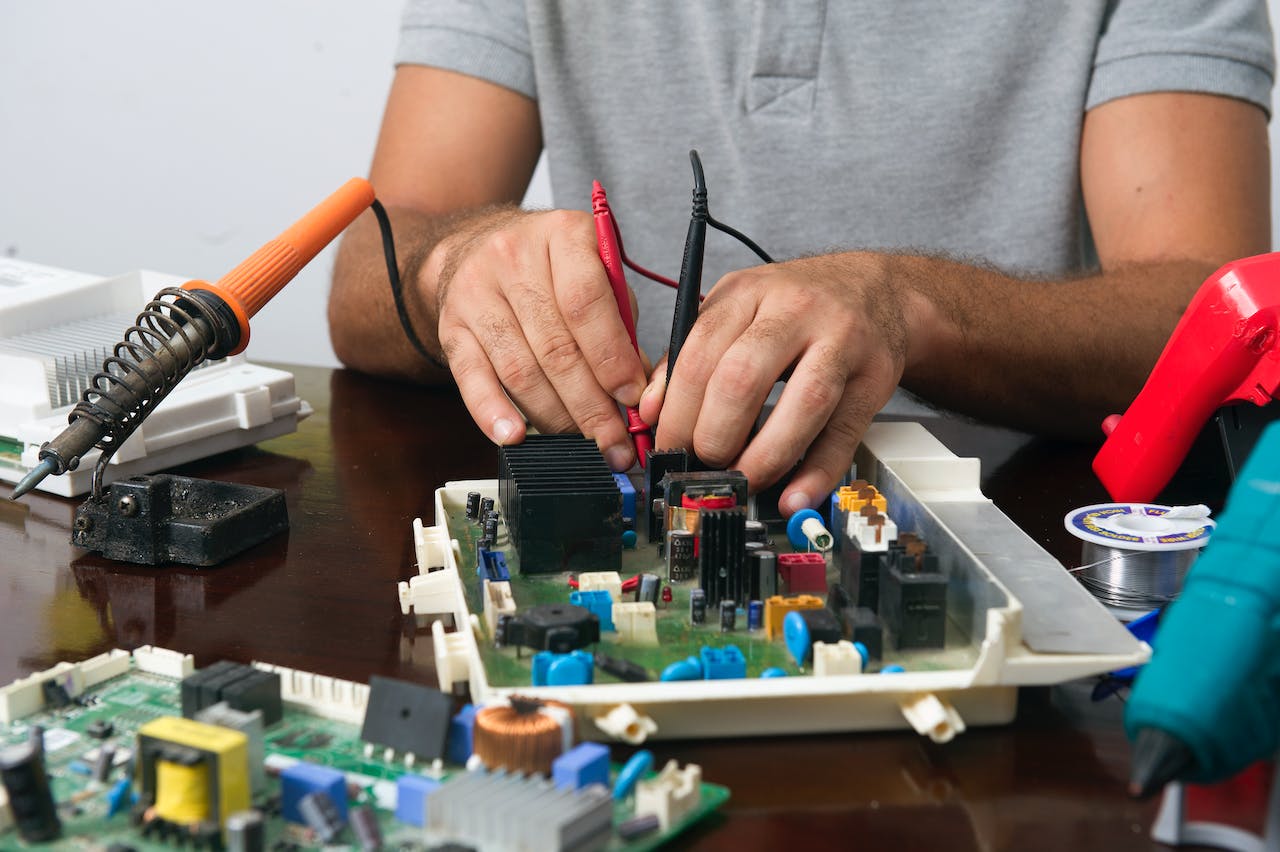The Environmental Impact of Computer Recycling
E-waste volumes are skyrocketing. Households, small and large businesses, PC manufacturers, and institutions produce domestic e-waste. E-waste pollutes the soil with dangerous chemicals. Rain flushes these toxins into water systems, harming plants, animals, and humans. Many companies work hard to reduce their impact.
Contents
Refurbishing Materials
Computer recycling reconditions many raw materials that went into making a single computer. The metals, plastics, and glass used in a computer can all be recycled. This reduces the need to use new raw materials, reducing emissions and pollution.
Electronic waste, or e-waste, contains toxic components harmful to human health, including mercury, lead, cadmium, and polybrominated flame retardants. When discarded improperly, it can pollute the soil and water supply. It can also harm people’s respiratory and cardiovascular systems.
Many retailers and other companies like Albany NY computer recycling host events or serve as drop-off locations. Some locations offer free computer recycling, while others charge a fee. E-waste can be sorted and dismantled to extract valuable materials, which are then melted down for further processing.
Reduces Greenhouse Gas Emissions
When a computer is recycled, it limits the need to produce new devices, which conserves natural resources. Additionally, it reduces the amount of toxins released into the environment, which harms human and animal health.
Computer recycling involves shredding computers into flat pieces for further processing. This allows the facility to extract metals, plastic, and circuit board components. These materials then go to their respective recycling facilities to be reused as raw materials for future computer production.
For example, metals like silver and copper are used in computer circuit boards to conduct electrical signals. These are in short supply worldwide and can be recovered through recycling. This helps to limit mining and decrease pollution in developing countries. This also creates jobs on a local and national level.
Reduces Toxic Waste in Landfills
Electronic waste (e-waste) is the fastest-growing waste stream globally due to shortened product lifespans and our society’s constant demand for new high-tech gadgets. When computers and other electronics end up in landfills, they are exposed to air pollution, contaminate soil and water sources, and may contain toxic chemicals and metals that pose health risks for humans and wildlife.
When e-waste is burned or incinerated, it releases dangerous gases that contribute to global warming, acidify surface waterways, kill fish, and destroy ecosystems. Chemicals and toxic metals seep into the groundwater, contaminating crops, livestock, and people.
When recycled properly, computers and other electronics are sorted and disassembled into their parts. The glass monitor, keyboard, plastic or aluminum casing, and cables are repurposed. The rest of the e-waste is shredded and sent to a recycling facility, reducing the landfill space needed for electronics.
Reducing the Need for New Raw Materials
With newer technology being released daily, computers, mobile phones, and other electronic equipment quickly become obsolete. When these old devices are tossed into landfills, toxic substances like lead, mercury, cadmium, and polyvinyl chloride seep into the soil and groundwater and pollute the environment.
According to most companies in New York, computer recycling is a good alternative to traditional waste disposal and can help reduce the need for new raw materials. Obsolete computers contain precious metals, aluminum, copper, and plastics that can be reclaimed for reuse in producing new devices.
Dismantling a computer and sorting its components to recover these valuable raw materials can create jobs and stimulate the economy. This is an excellent way to reduce the need for new products while keeping people working.
Creating Green Jobs
Computer recycling is a great way to create jobs at local facilities where computers are disassembled, refurbished, and sold on the secondary market. This also helps to reduce the need for new raw materials, thereby reducing the amount of pollution caused.
When computer parts are dumped in landfills such as in New York and other states, they can cause toxic chemicals and heavy metals to leak into the soil, contaminating land and water supplies. This can severely damage plants, animals, and human health.
When recycled, computers are manually separated into reusable and nonreusable materials. Reusable items like plastic and wires go to secondary recyclers, who use them to make new products. Metal goes to secondary metal recyclers and is used to manufacture new products.

